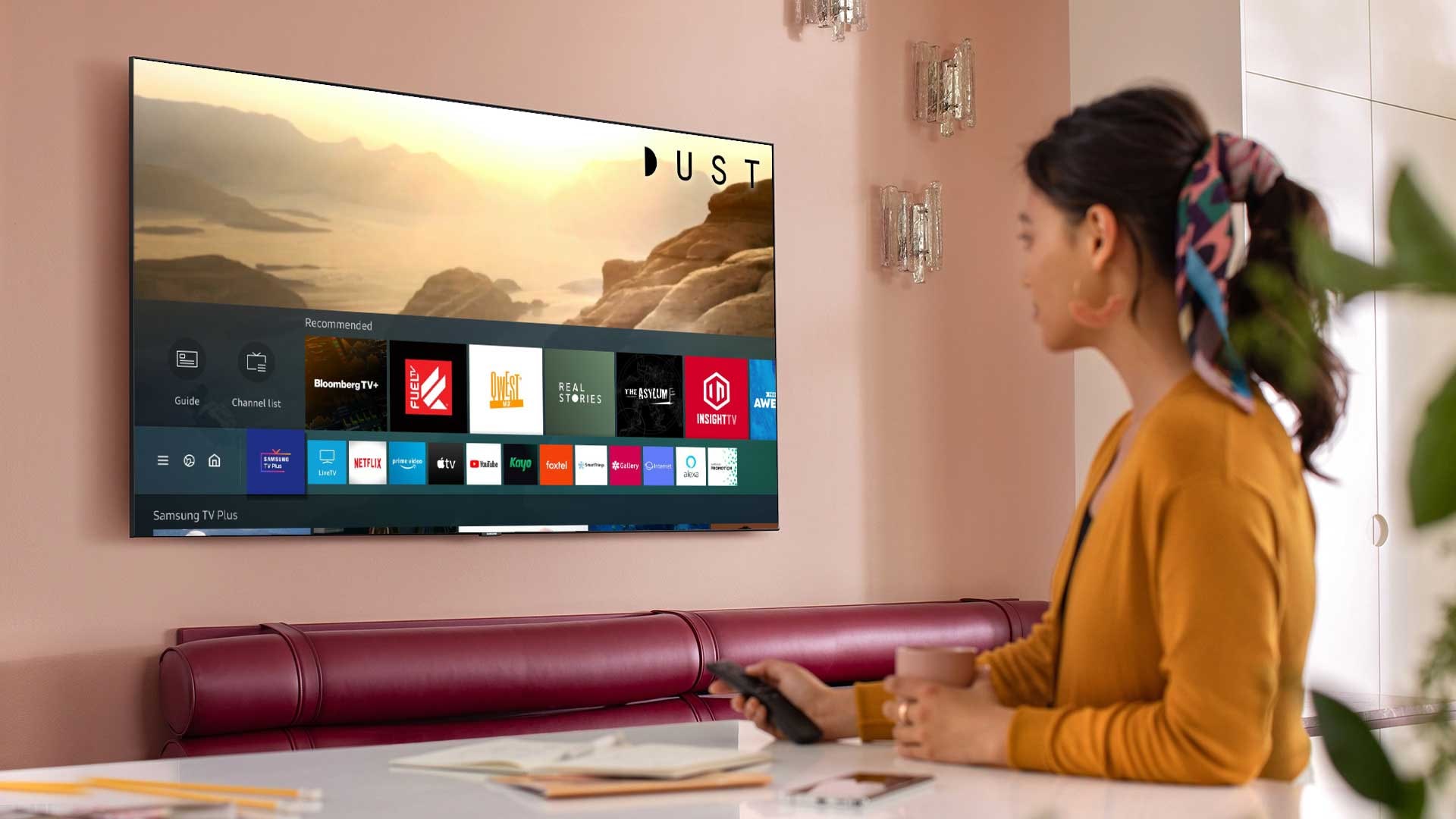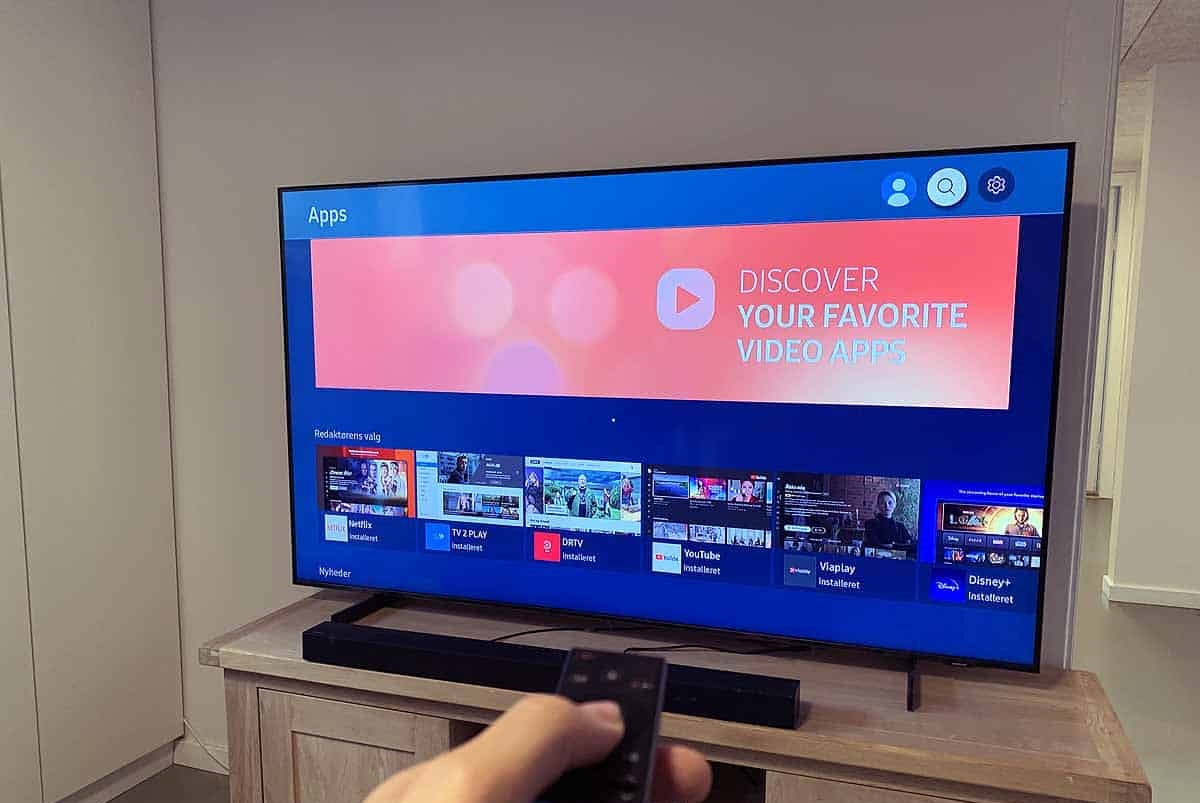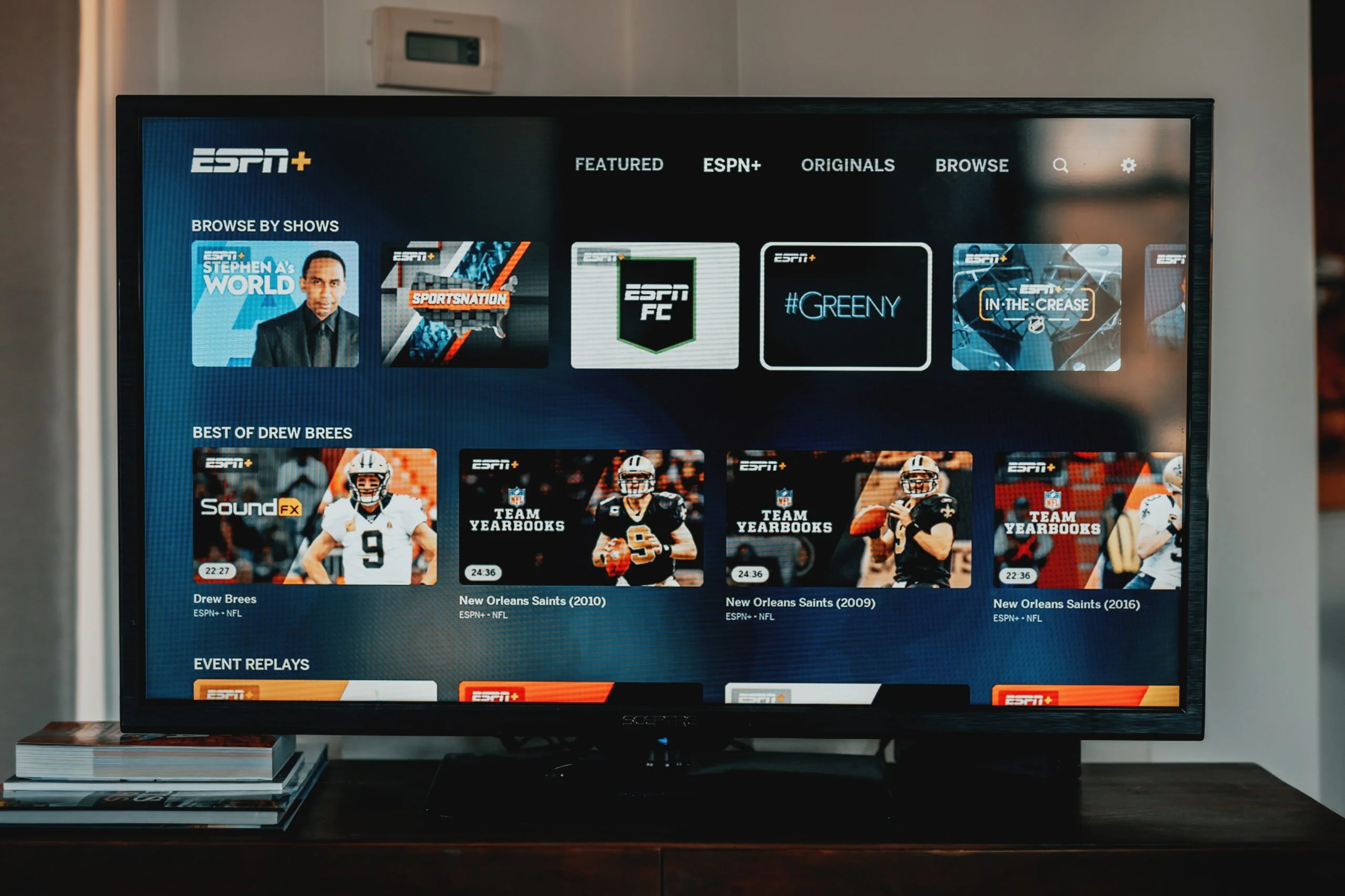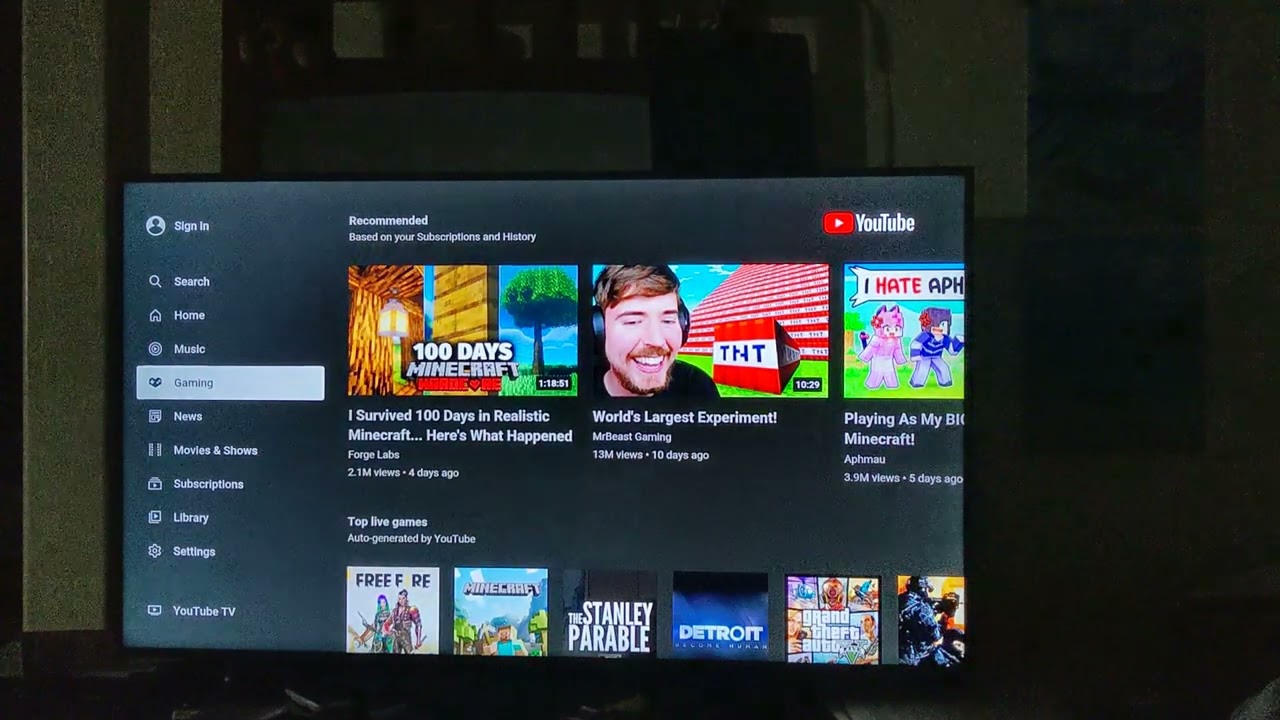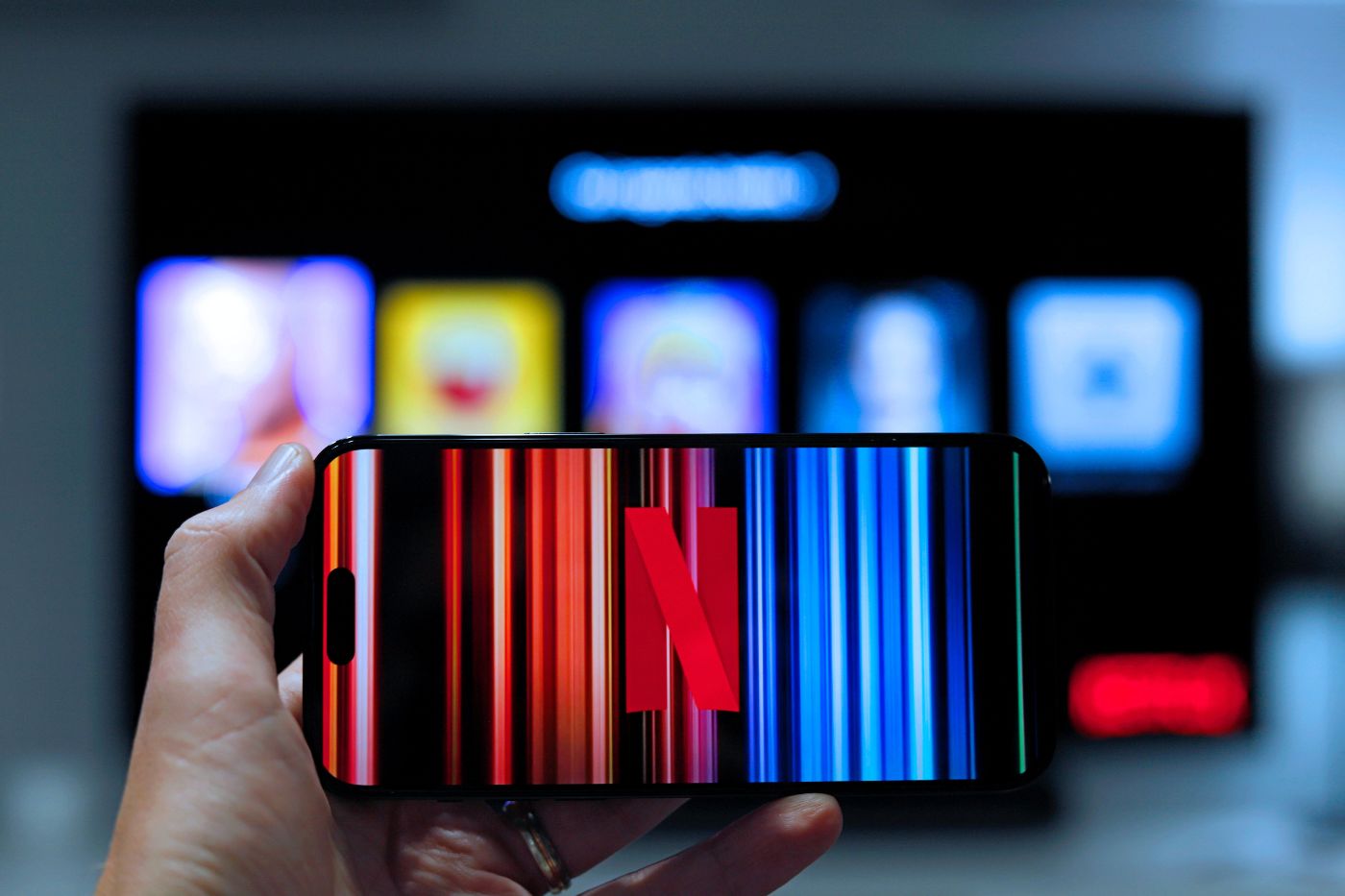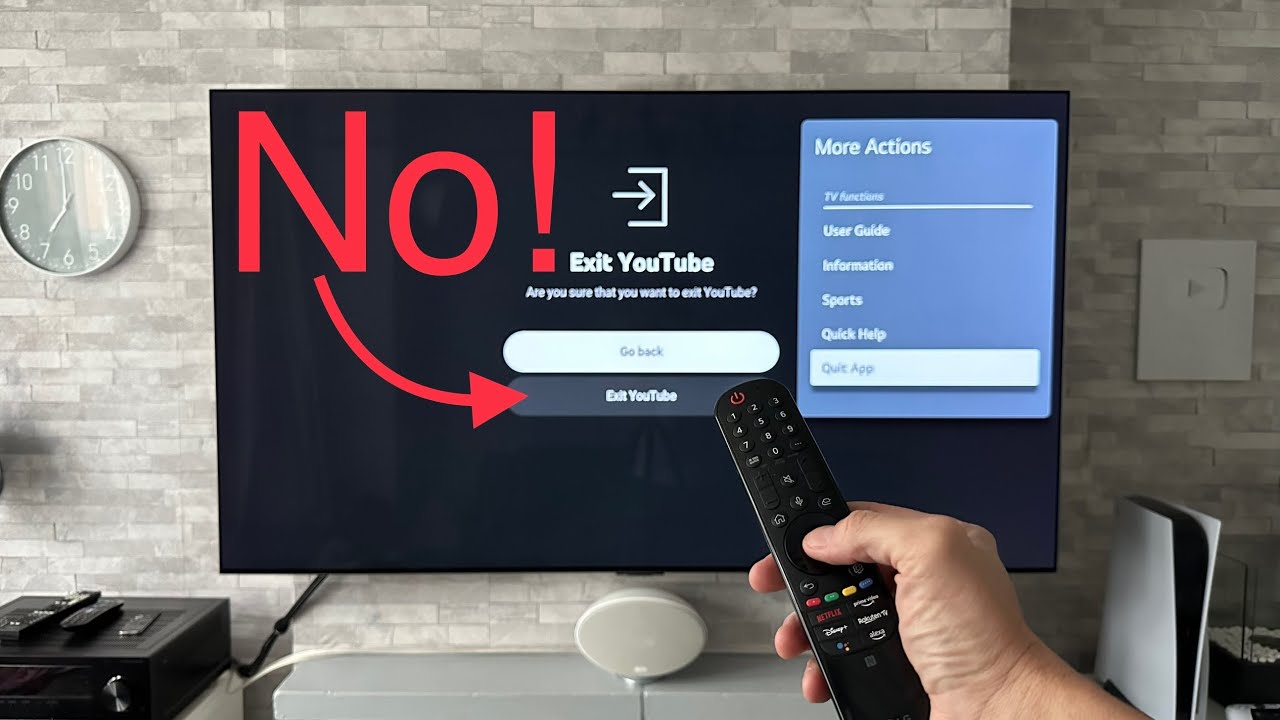Introduction
A Smart TV is more than just a traditional television set. It is a device that combines a television with internet connectivity and interactive features, allowing you to stream content, access various applications, and even play games. With the rise of streaming services and online entertainment options, owning a Smart TV has become increasingly popular.
However, one question that often arises is, “How much data does a Smart TV use?” Understanding the data consumption of your Smart TV is crucial, especially if you have a limited internet data plan or want to manage your internet usage effectively.
In this article, we will explore the various factors that contribute to a Smart TV’s data usage and provide you with insights into optimizing your data consumption. Whether you’re a passionate binge-watcher, a casual gamer, or an avid user of Smart TV apps, understanding how data is used will help you make informed decisions and avoid unexpected internet usage charges.
So, let’s dive into the world of Smart TVs and discover how they use data.
What is a Smart TV?
A Smart TV is an advanced television that combines traditional broadcasting capabilities with internet connectivity and interactive features. Unlike standard TVs, which are limited to displaying content from broadcast signals, Smart TVs offer a wide range of additional functionalities.
At its core, a Smart TV has the ability to connect to the internet either through built-in Wi-Fi or an Ethernet cable. This connectivity allows users to access a world of digital content, including streaming services, online videos, social media platforms, and various applications.
Smart TVs often come equipped with a user-friendly interface, which allows users to navigate through menus, browse content, and control various functions using a remote control or smartphone app. These devices are typically equipped with powerful processors and ample storage space to handle the demands of streaming high-quality videos and running sophisticated applications.
One of the key features of a Smart TV is its ability to access streaming services. Users can subscribe to popular platforms such as Netflix, Hulu, Amazon Prime Video, and Disney+, allowing them to stream their favorite TV shows, movies, and documentaries directly on their television screens.
In addition to streaming, Smart TVs offer a wide range of applications, similar to those found on smartphones and tablets. These apps can vary in functionality, ranging from video calling services like Skype to fitness apps for home workouts. Users can download these apps from an app store that is specific to their Smart TV brand or operating system.
Smart TVs are also compatible with various external devices. Users can connect gaming consoles, Blu-ray players, soundbars, and other peripherals to enhance their entertainment experience. Many Smart TVs offer multiple HDMI ports and USB ports to accommodate these devices.
Overall, a Smart TV is designed to provide users with a comprehensive multimedia experience. With the ability to access streaming services, use applications, and connect external devices, Smart TVs have become the hub of home entertainment systems.
How Does a Smart TV Use Data?
A Smart TV utilizes data in various ways to provide users with the content and features they desire. Here are some of the primary ways a Smart TV uses data:
- Streaming Content: One of the most common uses of data on a Smart TV is for streaming content. When you watch movies, TV shows, or videos through streaming services like Netflix or YouTube, the Smart TV downloads the data in real-time to display it on your screen. The amount of data consumed can vary depending on factors such as the video quality and duration of your streaming sessions.
- Smart TV Apps: Smart TVs offer a wide range of applications that provide additional features and functionalities. These apps may require data to update content, sync with online services, or send and receive information. For example, if you use a weather app on your Smart TV, it may need to fetch data from the internet to provide you with real-time weather updates for your location.
- Software Updates: Like any other smart device, Smart TVs receive regular software updates. These updates may include bug fixes, security patches, and new features. When your Smart TV downloads and installs these updates, it utilizes data from your internet connection.
- Interactive Features: Smart TVs offer interactive features such as voice control and screen sharing. These features may utilize data to process your voice commands or to transmit content from your smartphone or other devices to your TV screen.
It’s important to note that not all Smart TV activities consume the same amount of data. Factors such as the quality of the content, duration of usage, and the nature of the application can all affect the amount of data utilized.
Next, let’s explore in detail how different activities on a Smart TV, such as streaming services, video gaming, and app usage, impact data consumption.
Streaming Services and Data Usage
Streaming services are a popular feature of Smart TVs, allowing users to access a vast library of movies, TV shows, and other digital content. However, streaming can consume a significant amount of data, so it’s important to understand how it impacts your internet usage.
The data usage of streaming services on a Smart TV depends on several factors:
- Video Quality: The video quality you choose affects the amount of data consumed. Higher quality options, such as HD (High Definition) and 4K UHD (Ultra High Definition), require more data compared to standard definition (SD) videos. If you have a limited data plan, consider adjusting the video quality to optimize your data usage.
- Streaming Duration: The length of time you spend streaming content also impacts your data usage. Streaming a movie or a TV show for an hour will consume more data compared to a short video clip or a music track.
- Multiple Streams: If multiple users in your household are streaming content simultaneously on different devices, including Smart TVs, the total data consumption increases accordingly. Keep this in mind, especially if you have a limited internet data plan.
- Auto-play and Pre-loading: Some streaming services automatically play the next episode of a TV series or preload content while you’re watching. These features can result in additional data usage as the TV downloads content in advance.
To monitor and manage your data usage while streaming, consider the following tips:
- Adjust the video quality settings on your streaming apps to a lower resolution if you’re experiencing high data consumption or have a limited data plan.
- Set limits on data usage within the streaming app settings, if available.
- Track your data usage using your internet service provider’s monitoring tools or third-party apps.
- Take advantage of Wi-Fi networks whenever possible to reduce your reliance on cellular data.
By being mindful of your streaming habits and optimizing your settings, you can enjoy your favorite content on a Smart TV without exceeding your data limits.
Video Quality and Data Consumption
The video quality you choose while streaming on your Smart TV directly impacts the amount of data consumed. Higher-quality videos require more data compared to lower-quality options. Understanding the relationship between video quality and data consumption can help you manage your internet usage effectively.
Let’s take a closer look at the different video quality options and their corresponding data consumption:
- Standard Definition (SD): SD video quality is the most basic option and consumes the least amount of data. It typically has a resolution of 480p and offers decent clarity on smaller screens. SD videos are a good choice if you have a limited data plan or a slower internet connection.
- High Definition (HD): HD videos provide better picture quality with a resolution of 720p or 1080p. This level of clarity is ideal for larger screens and enhances the viewing experience. However, HD videos require more data compared to SD videos, so they can consume data at a faster rate.
- Ultra High Definition (4K UHD): 4K UHD is the highest video quality available, providing stunning visuals with a resolution of 2160p. This level of detail is especially noticeable on larger screens. However, 4K UHD videos require significantly more data compared to SD or HD videos. Streaming 4K content can quickly consume a large amount of data, so it’s important to consider your data plan and internet connection speed before opting for this video quality.
It’s worth noting that most streaming platforms offer the option to adjust video quality settings based on your preferences and data constraints. By accessing the settings within the streaming app, you can choose a lower quality option to reduce data consumption.
Additionally, some streaming services use adaptive streaming technology, which automatically adjusts video quality based on your internet connection speed. This ensures a smooth viewing experience while optimizing data usage. However, it’s still a good idea to keep track of your data usage and adjust video quality settings manually if needed.
If you’re concerned about data consumption while streaming, consider the following tips:
- Check the video quality settings in each streaming app and adjust them to a lower resolution if necessary.
- Be mindful of streaming in 4K UHD, as it consumes the most data. Reserve 4K content for special viewing occasions.
- Use Wi-Fi instead of cellular data whenever possible to avoid excessive data usage.
- Monitor your data usage through your internet service provider’s monitoring tools or third-party apps to stay within your data plan limits.
By understanding how video quality affects data consumption and making conscious decisions about the resolution you choose, you can strike a balance between enjoying high-quality content and managing your data usage effectively.
Gaming on a Smart TV and Data Usage
A Smart TV is not only limited to streaming services and app usage; it also offers the opportunity to play games directly on your television screen. Whether you’re a casual gamer or a dedicated gaming enthusiast, it’s important to understand how gaming on a Smart TV can impact your data usage.
When it comes to gaming, data usage on a Smart TV is primarily related to two aspects:
- Game Downloads and Updates: Many Smart TVs allow you to download and install games directly from an app store. These downloads can consume data, especially if the game is large in size. Additionally, game updates, which are designed to improve performance and fix bugs, also require data to be downloaded and installed on your Smart TV.
- Online Multiplayer Gaming: Certain games on Smart TVs may support online multiplayer functionality, allowing you to compete against or cooperate with players from around the world. Engaging in online multiplayer gaming on your Smart TV requires an internet connection, and data is consumed during gameplay as your Smart TV sends and receives data packets to communicate with the game servers and other players.
It’s important to note that the data consumed while gaming on a Smart TV can vary significantly depending on the nature of the game, the size of the game files, and the intensity of online multiplayer gameplay.
To manage data usage while gaming on your Smart TV, consider the following tips:
- Connect your Smart TV to a reliable and high-speed internet connection to ensure smooth gameplay and minimize data latency.
- Monitor your data usage by accessing your internet service provider’s monitoring tools or using third-party apps, if available.
- Pay attention to the size of game downloads and updates. If you have a limited data plan, it may be wise to download larger games or updates during times when your internet usage is not restricted or capped.
- Consider offline gaming options to minimize data consumption. Some Smart TVs offer a selection of games that can be played without an internet connection.
By being mindful of data usage while gaming on your Smart TV and taking steps to optimize your gaming experience, you can enjoy immersive gameplay without exceeding your data limits.
Smart TV Apps and Data Usage
Smart TVs offer a wide range of applications that provide additional features and functionalities beyond traditional television programming. These apps, similar to those found on smartphones and tablets, can enhance your entertainment experience. However, using Smart TV apps can result in data consumption, so it’s important to understand how they impact your internet usage.
Smart TV apps utilize data in several ways:
- App Downloads and Updates: When you download a new app or update an existing one on your Smart TV, data is consumed. The size of the app and the frequency of updates contribute to the overall data usage. It’s important to consider this when managing your internet data plan.
- Content Streaming: Many apps on a Smart TV provide content streaming services, such as music, videos, and podcasts. Similar to streaming services discussed earlier, the data consumption is determined by factors like the quality of the content and the duration of your streaming sessions.
- Synchronization and Interaction: Some Smart TV apps sync with other devices or online services to provide a seamless experience. For example, a fitness app may connect to your smartphone or wearable device to track your exercise data. These interactions can consume data as the app communicates with external services.
- Advertising: Advertising within Smart TV apps may also contribute to data usage. Advertisements displayed within apps are often downloaded in real-time and can consume data, especially if the ads include multimedia content.
Here are some tips to manage data usage while using Smart TV apps:
- Be mindful of the apps you download and their sizes. Consider the frequency of updates and the impact on your data consumption.
- Adjust the video quality settings within the apps, especially for streaming services, to optimize data usage.
- Keep track of the data usage of individual apps, if possible, to identify any data-heavy applications that may need attention.
- Consider connecting your Smart TV to a Wi-Fi network instead of relying solely on cellular data to reduce your data consumption.
By understanding the data usage associated with Smart TV apps and implementing strategies to manage your data consumption, you can make the most of the apps while staying within your data plan limits.
Tips to Reduce Data Usage on a Smart TV
If you’re concerned about data usage on your Smart TV or want to optimize your internet usage, there are several tips and strategies you can implement to reduce data consumption. By following these recommendations, you can enjoy your Smart TV experience while staying within your data plan limits:
- Adjust Video Quality: Most streaming services and Smart TV apps offer options to adjust video quality settings. Lowering the video quality, especially for streaming services, can significantly reduce data consumption without compromising your viewing experience.
- Monitor Data Usage: Keep track of your data usage by using tools provided by your internet service provider or third-party apps. Understanding how much data you’re consuming can help you identify areas where you can cut back or make adjustments.
- Limit Background Data: Some Smart TV apps continue to use data in the background, even when you’re not actively using them. Check the settings of your Smart TV and individual apps to limit background data usage, such as automatic content updates or syncing processes.
- Use Wi-Fi Instead of Cellular Data: Whenever possible, connect your Smart TV to a Wi-Fi network rather than relying solely on cellular data. Wi-Fi networks typically provide higher data allowances and can help reduce the strain on your cellular data plan.
- Turn Off Autoplay and Pre-loading: Disable autoplay features for streaming services that automatically play the next episode or pre-load content. These features can consume data in the background and lead to unintended data usage.
- Limit Online Multiplayer Gaming: Engaging in online multiplayer gaming on your Smart TV can consume significant amounts of data. Consider limiting online gameplay or opting for offline games to reduce data usage.
- Manage App Updates: Install app updates during times when your data usage is not restricted or capped. By scheduling updates during off-peak hours or when you have access to unlimited data, you can minimize the impact on your allocated data plan.
- Disable Data-Hungry Features: Some Smart TV features, such as voice recognition and automatic content recommendations, rely on data to operate. If you’re looking to reduce data usage, consider disabling or limiting these features in your Smart TV’s settings.
Implementing these tips, combined with being conscious of your data consumption habits, will help you optimize your Smart TV experience while managing your data usage effectively.
Conclusion
Understanding how a Smart TV uses data is essential for managing your internet usage effectively. Whether you’re streaming content, playing games, or using various apps, being aware of the data consumption associated with these activities can help you stay within your data plan limits and avoid any unexpected charges.
In this article, we explored the different aspects of data usage on a Smart TV, ranging from streaming services and video quality to gaming and app usage. We discussed how adjusting video quality settings, monitoring data usage, and utilizing Wi-Fi connections can help reduce data consumption. Additionally, we provided tips for managing data-hungry features and optimizing app downloads and updates.
By adopting these strategies and being mindful of your data usage habits, you can make the most of your Smart TV while staying in control of your internet data. Remember to adjust video quality based on your preferences and data plan limits, keep track of your data usage, and take advantage of Wi-Fi connections whenever possible.
Ultimately, with a better understanding of how a Smart TV uses data and by implementing these tips, you can enjoy a seamless and immersive entertainment experience on your Smart TV without exceeding your data limits or compromising the quality of your connection.







